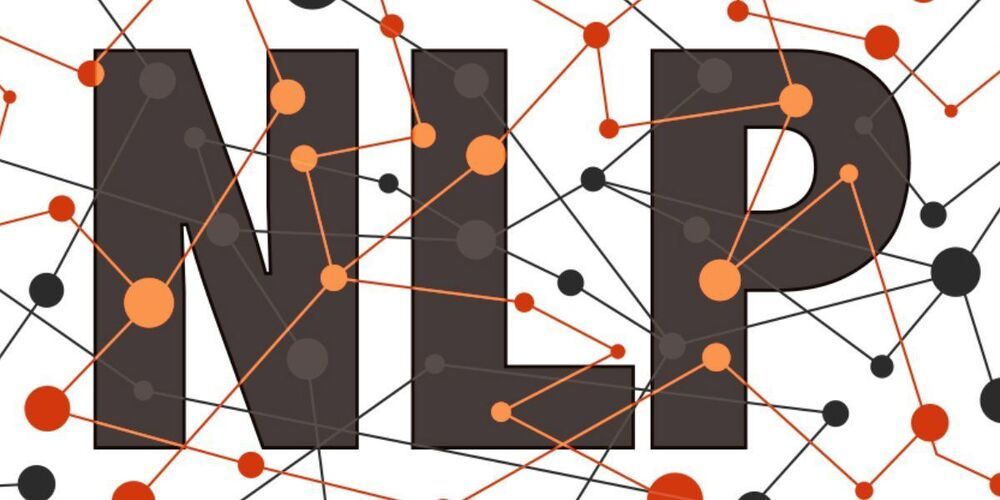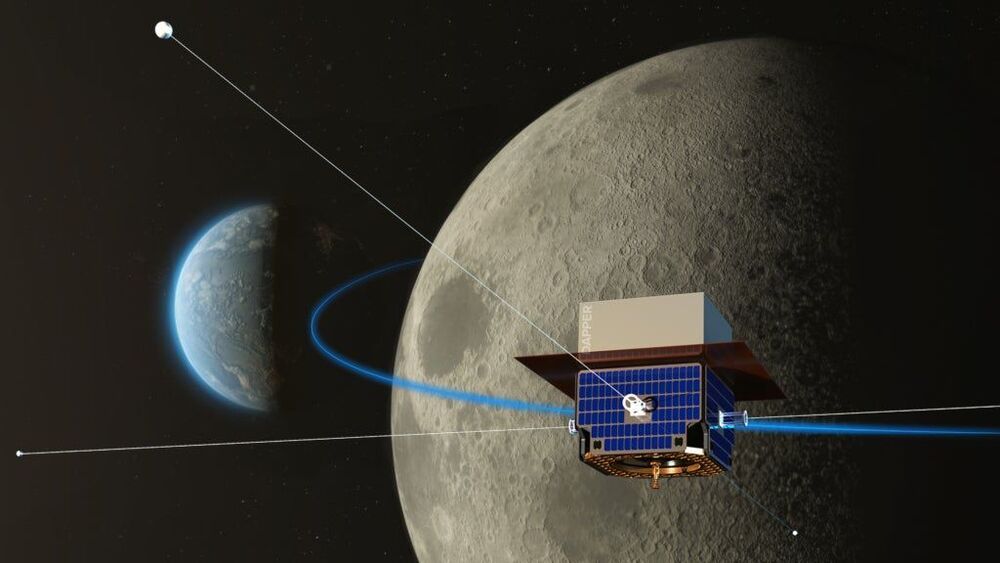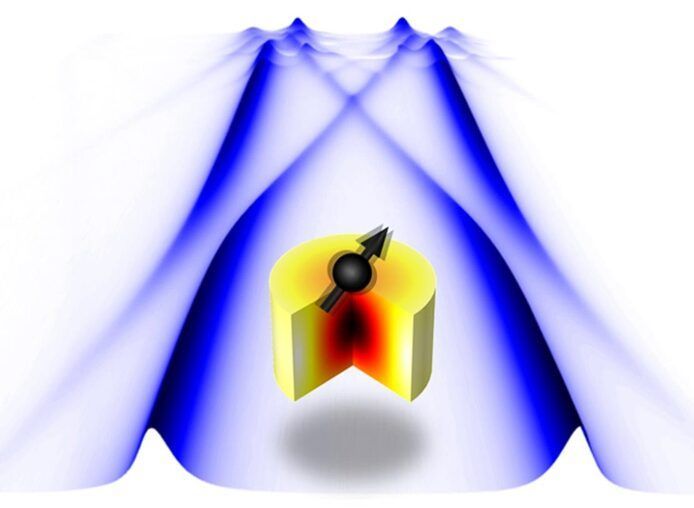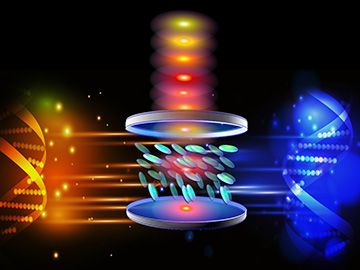A grassroots group of researchers is attempting to create an open source language model as powerful as OpenAI’s GPT-3.




The far side of the moon is poised to become our newest and best window on the hidden history of the cosmos. Over the course of the next decade, astronomers are planning to perform unprecedented observations of the early universe from that unique lunar perch using radio telescopes deployed on a new generation of orbiters and robotic rovers.
These instruments will study the universe’s initial half-billion years—the first few hundred million or so of which make up the so-called cosmic “dark ages,” when stars and galaxies had yet to form. Bereft of starlight, this era is invisible to optical observations. Radio telescopes, however, can tune in to long-wavelength, low-frequency radio emissions produced by the gigantic clouds of neutral hydrogen that then filled the universe. But these emissions are difficult, if not downright impossible, to detect from Earth because they are either blocked or distorted by our planet’s atmosphere or swamped by human-generated radio noise.
Scientists have dreamed for decades of such studies that could take place on the moon’s far side, where they would be shielded from earthly transmissions and untroubled by any significant atmosphere to impede cosmic views. Now, with multiple space agencies pursuing lunar missions, those dreams are set to become reality.

Scientists tame photon-magnon interaction. Working with theorists in the University of Chicago’s Pritzker School of Molecular Engineering, researchers in the U.S. Department of Energy’s (DOE) Argonne National Laboratory have achieved a scientific control that is a first of its kind. They demonstrat.



Part of the Divine Mind, and so we are.
The most recent observations at both quantum and cosmological scales are casting serious doubts on our current models. For instance, at quantum scale, the latest electronic hydrogen proton radius measurement resulted in a much smaller radius than the one predicted by the standard model of particles physics, which now is off by 4%. At cosmological scale, the amount of observations regarding black holes and galactic formation heading in the direction of a radically different cosmological model, is overwhelming. Black holes have shown being much older than their hosting galaxies, galactic formation is much younger than our models estimates, and there is evidence of at least 64 black holes aligned with respect to their axis of rotation, suggesting the presence of a large scale spatial coherence in angular momentum that is impossible to predict with our current models. Under such scenario, it should not fall as a surprise the absence of a better alternative to unify quantum theory and relativity, and thus connect the very small to the very big, than the idea that the universe is actually a neural network. And for this reason, a theory of everything would be based on it.

As explained in Targemann’s interview to Vanchurin on Futurism, the work of Vanchurin, proposes that we live in a huge neural network that governs everything around us.
“it’s a possibility that the entire universe on its most fundamental level is a neural network… With this respect it could be considered as a proposal for the theory of everything, and as such it should be easy to prove it wrong”. Vitaly Vanchurin The idea was born when he was studying deep machine learning. He wrote the book “Towards a theory of machine learning”, in order to apply the methods of statistical mechanics to study the behavior of neural networks, and he saw that in certain limits the learning (or training) dynamics of neural networks is very similar to the quantum dynamics. So, he decided to explore the idea that the physical world is a neural network.



Artificial intelligence and machine learning are already an integral part of our everyday lives online. For example, search engines such as Google use intelligent ranking algorithms, and video streaming services such as Netflix use machine learning to personalize movie recommendations.
As the demands for AI online continue to grow, so does the need to speed up AI performance and find ways to reduce its energy consumption.
Now a University of Washington-led team has come up with a system that could help: an optical computing core prototype that uses phase-change material. This system is fast, energy efficient and capable of accelerating the neural networks used in AI and machine learning. The technology is also scalable and directly applicable to cloud computing.